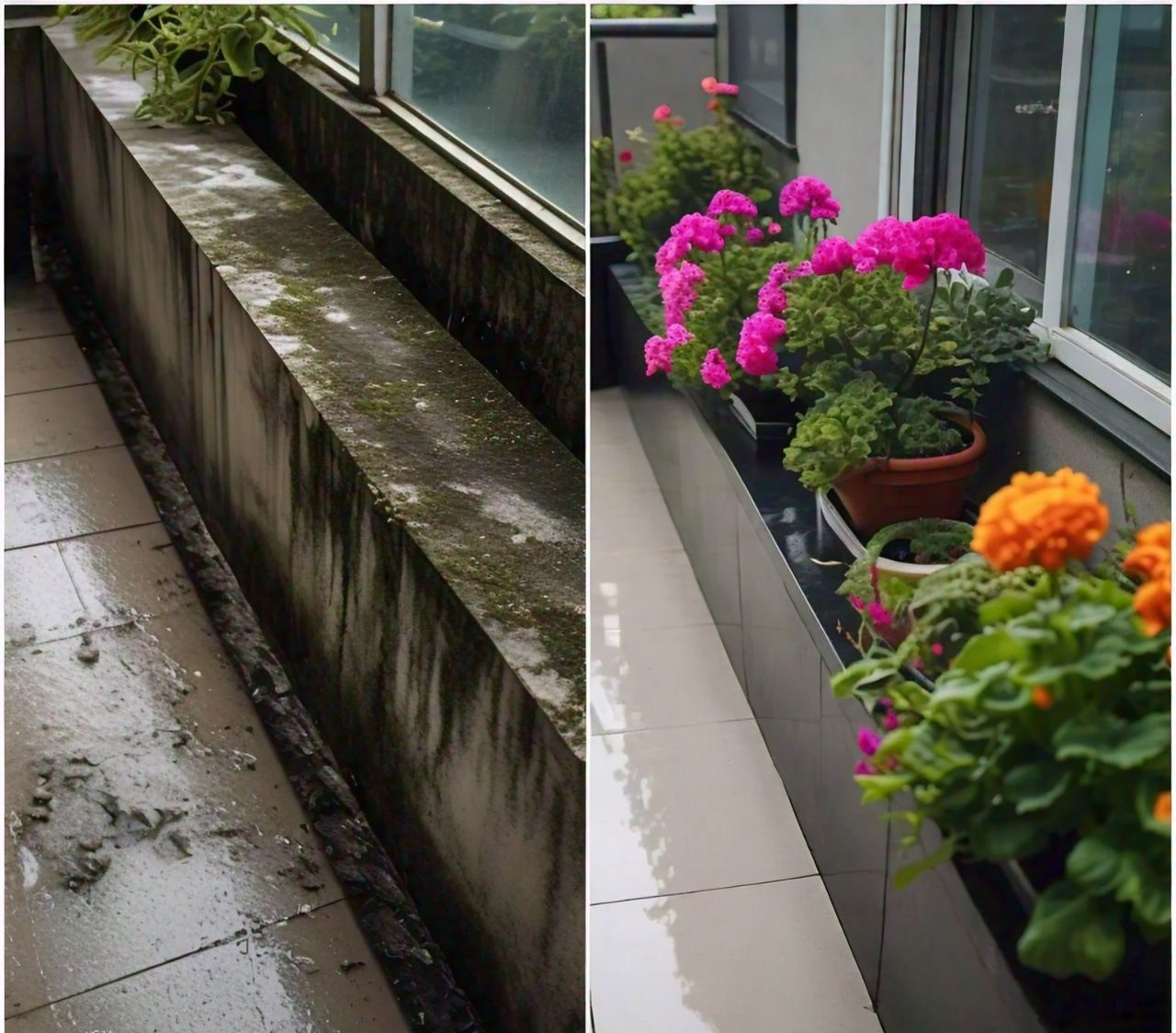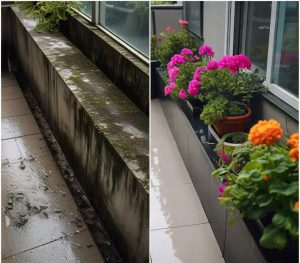Benefits of Pressure Washing for Your Home’s Exterior

Benefits of Pressure Washing for Your Home's Exterior
Boost Your Home’s Curb Appeal: Benefits of Pressure Washing for Your Home’s Exterior
Are you looking for a simple and effective way to enhance your home’s exterior and increase its curb appeal? Look no further than pressure washing!
Pressure washing is a powerful cleaning method that uses high-pressure water jets to remove dirt, grime, and other substances from your home’s exterior surfaces. In this post, we’ll explore the benefits of pressure washing for your home’s exterior and why it’s an essential part of maintaining your property.
Benefits of Pressure Washing
1. Improved Curb Appeal: Pressure washing can make your home’s exterior look like new again, increasing its curb appeal and potentially boosting its value.
2. Dirt and Grime Removal: Pressure washing is effective at removing dirt, grime, and other substances that can damage your home’s exterior surfaces over time.
3. Mold and Mildew Removal: Pressure washing can help remove mold and mildew that can grow on your home’s exterior surfaces, especially in areas with high humidity.
4. Prevents Damage: Regular pressure washing can help prevent damage to your home’s exterior surfaces, such as wood rot and paint chipping.
5. Increases Safety: Pressure washing can help remove slippery substances like algae and mold, making your home’s exterior surfaces safer to walk on.
Surfaces That Can Be Pressure Washed
1. Siding: Vinyl, brick, stucco, and wood siding can all be pressure washed.
2. Decks and Patios: Pressure washing can help remove dirt and grime from decks and patios, making them look like new again.
3. Driveways and Sidewalks: Pressure washing can help remove oil stains and other substances from driveways and sidewalks.
4. Gutters and Downspouts: Pressure washing can help remove leaves and debris from gutters and downspouts.
Tips for Pressure Washing Your Home’s Exterior
1. Use the Right Equipment: Make sure you’re using a pressure washer that’s suitable for your home’s exterior surfaces.
2. Use the Right Cleaning Solution: Choose a cleaning solution that’s specifically designed for pressure washing.
3. Test a Small Area First: Before pressure washing your entire home’s exterior, test a small area to make sure you’re using the right equipment and cleaning solution.
4. Hire a Professional: If you’re not comfortable pressure washing your home’s exterior yourself, consider hiring a professional.
Conclusion
Pressure washing is a simple and effective way to enhance your home’s exterior and increase its curb appeal. By removing dirt, grime, and other substances, you can help prevent damage to your home’s exterior surfaces and make them look like new again.
So why wait? Give your home’s exterior the boost it needs with pressure washing!









